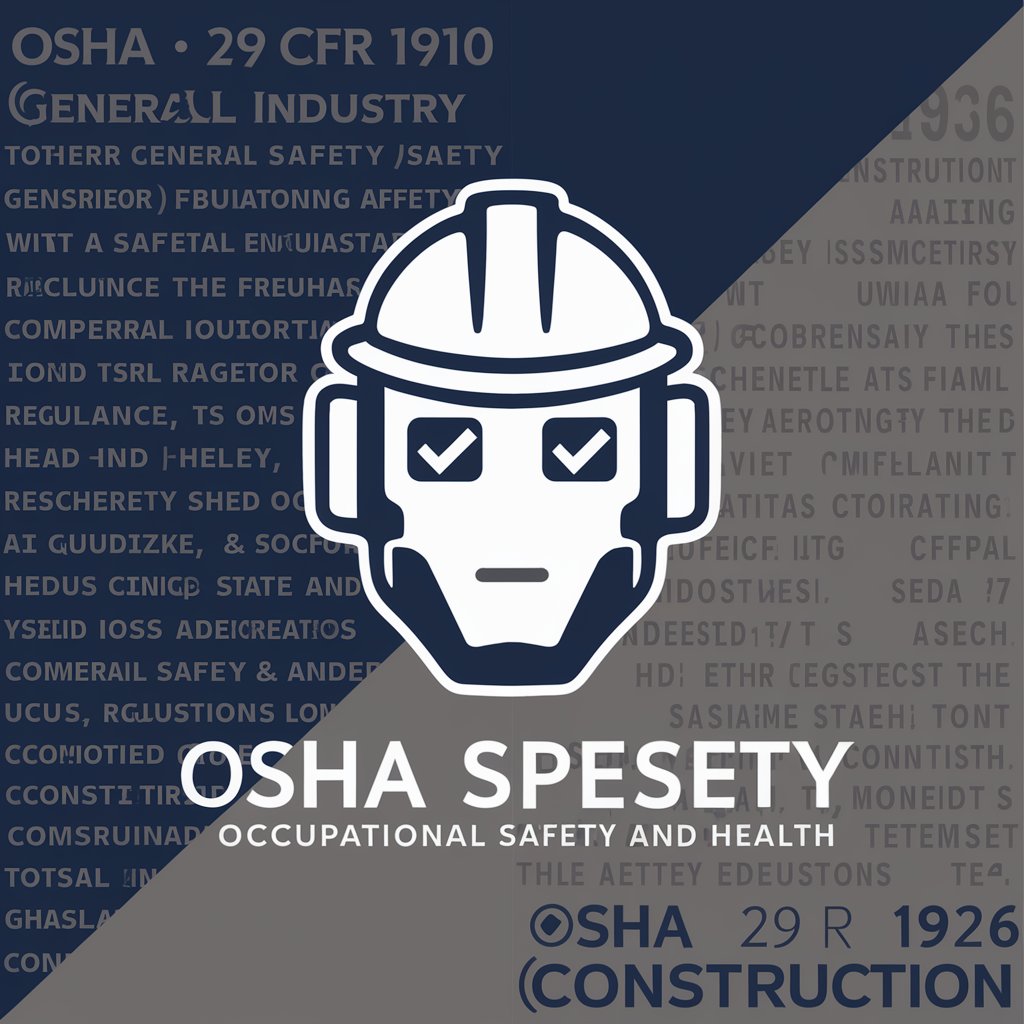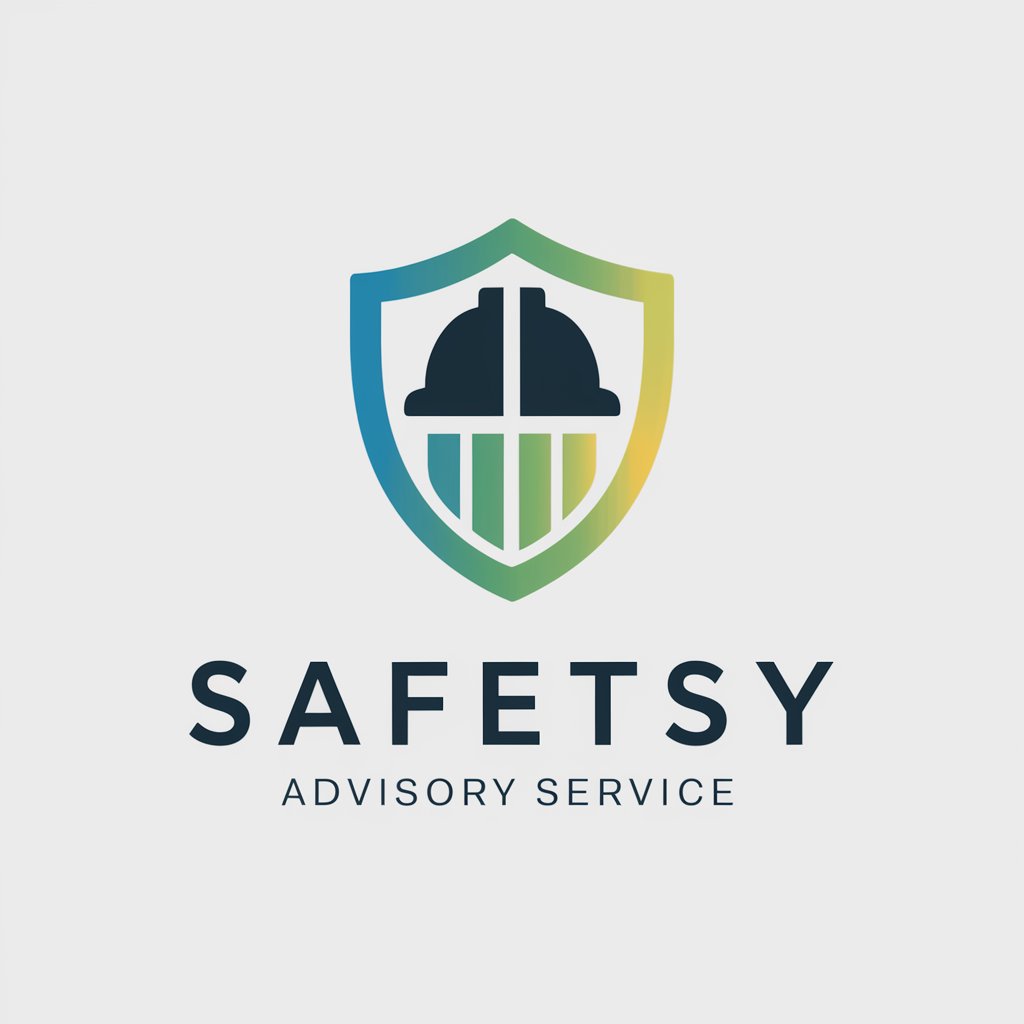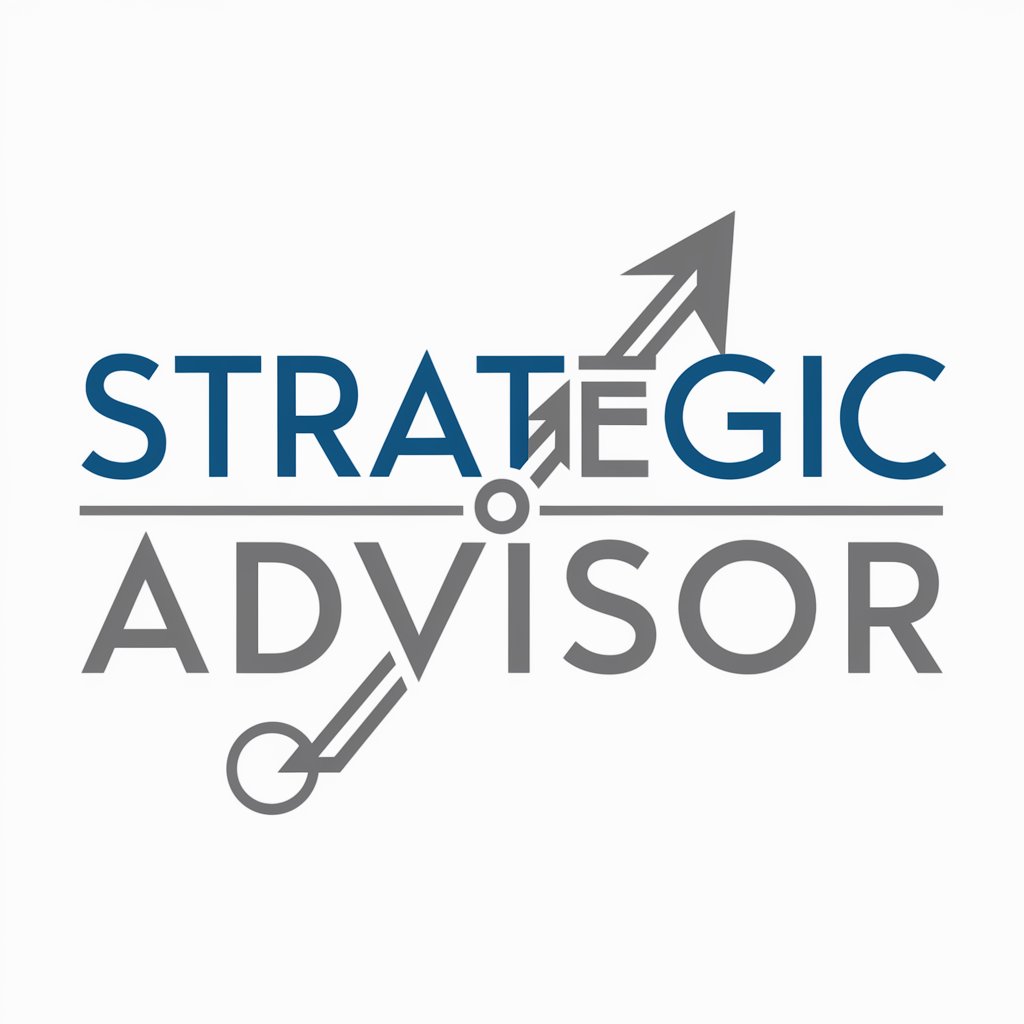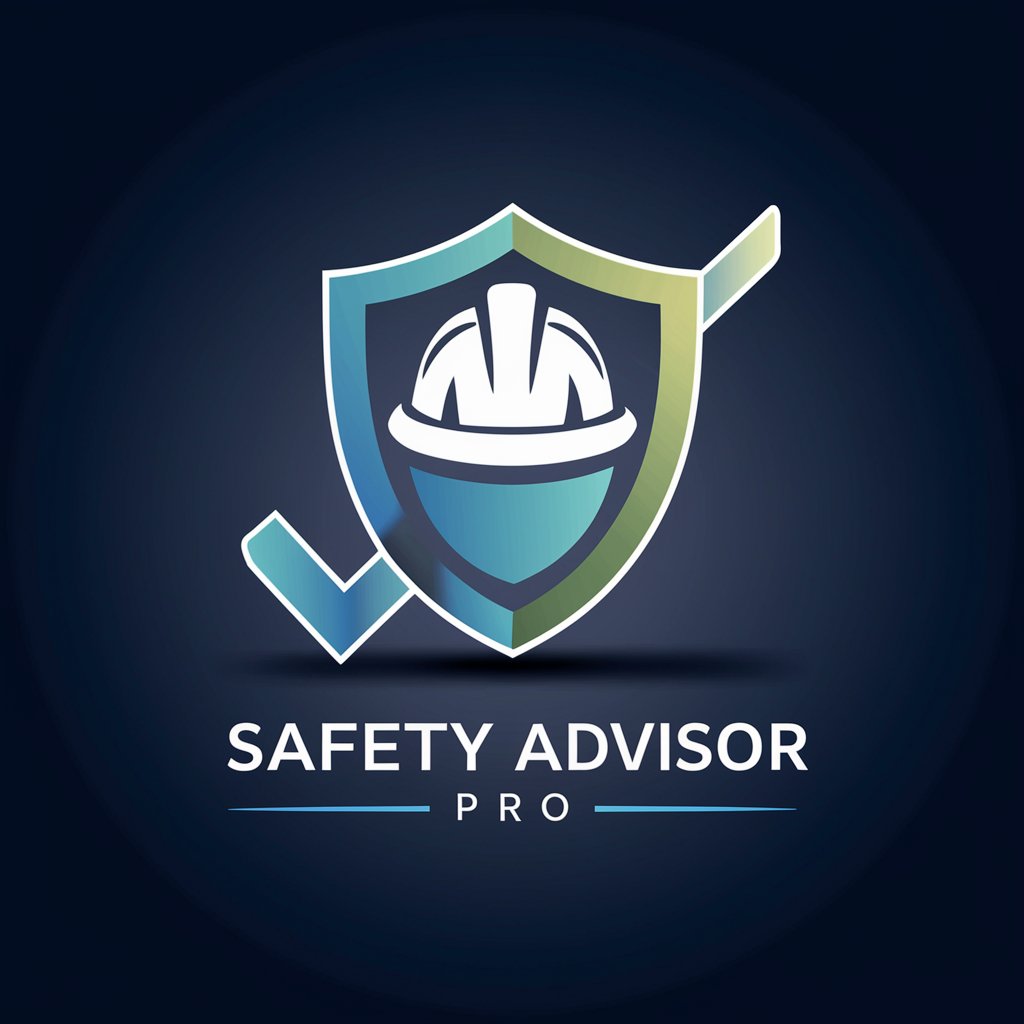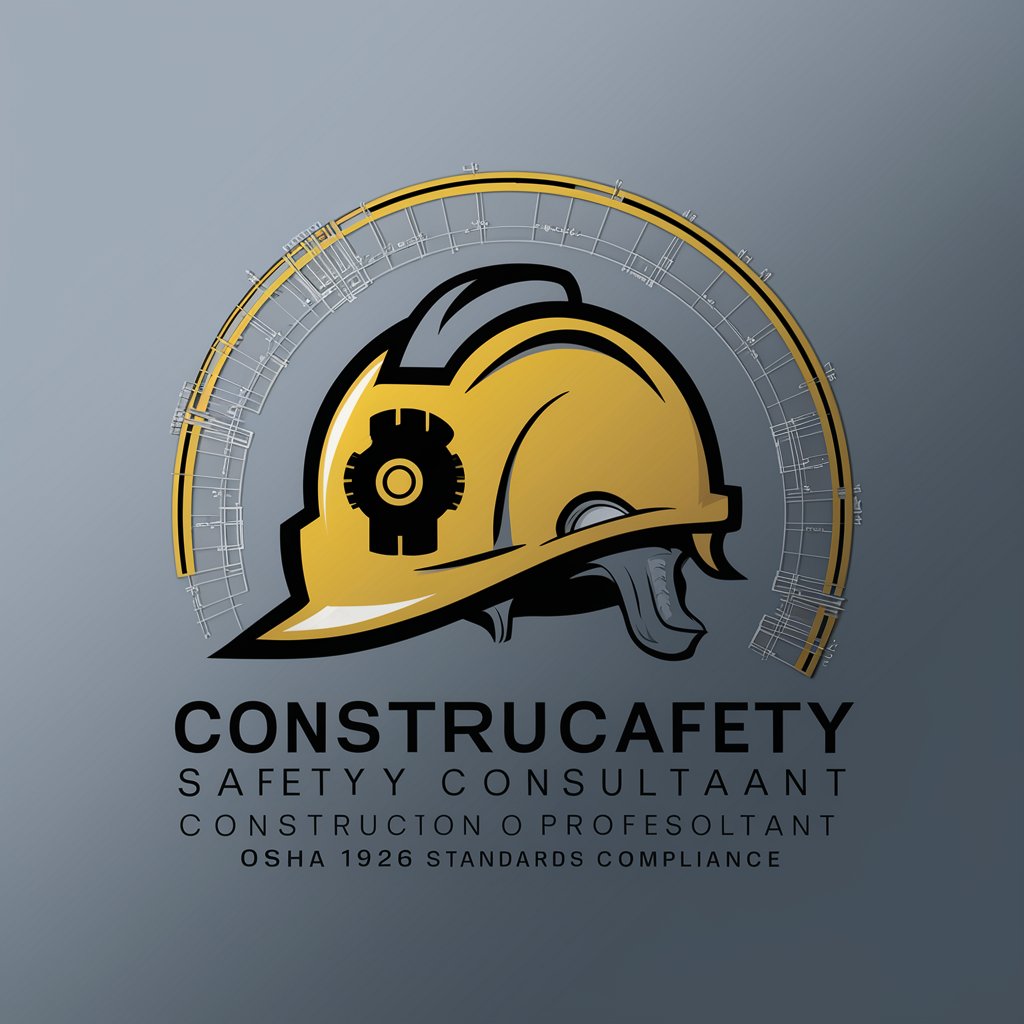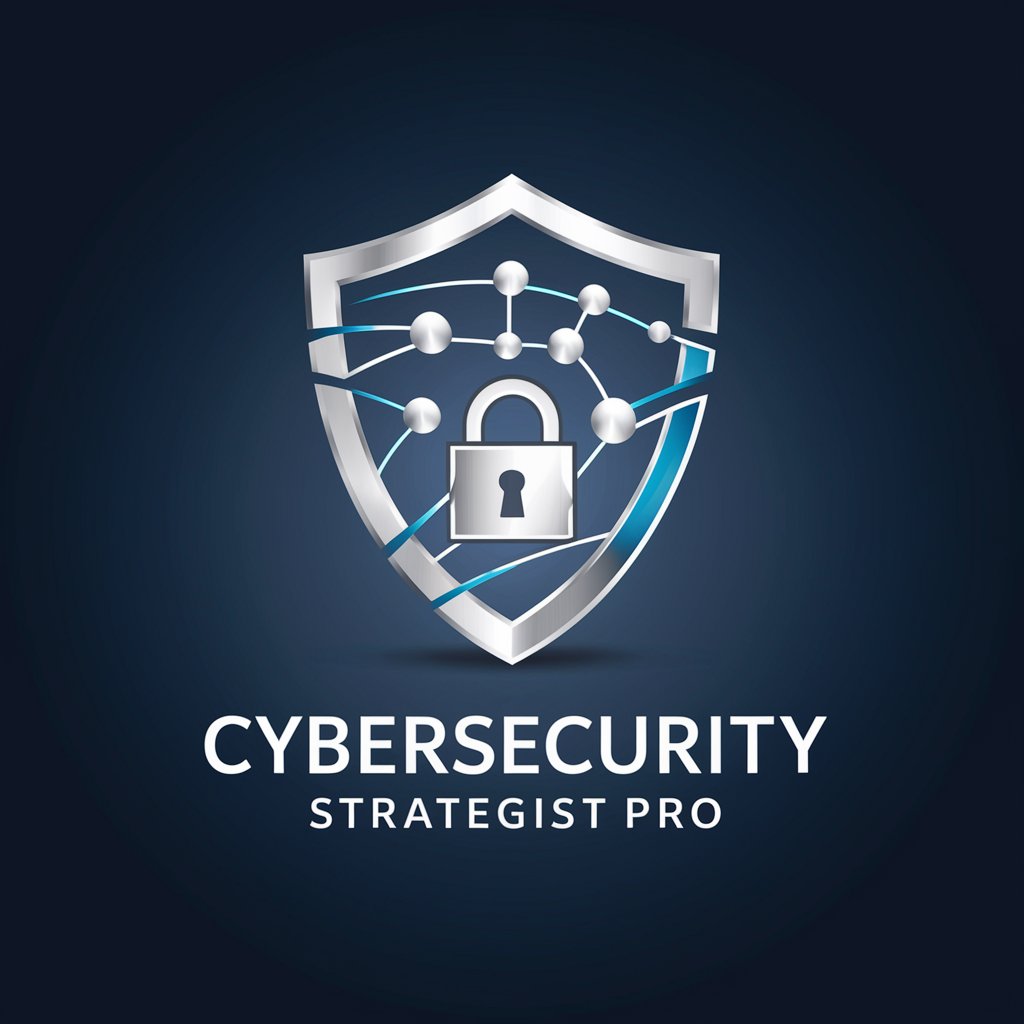
Safety Strategist - Safety Training Customization
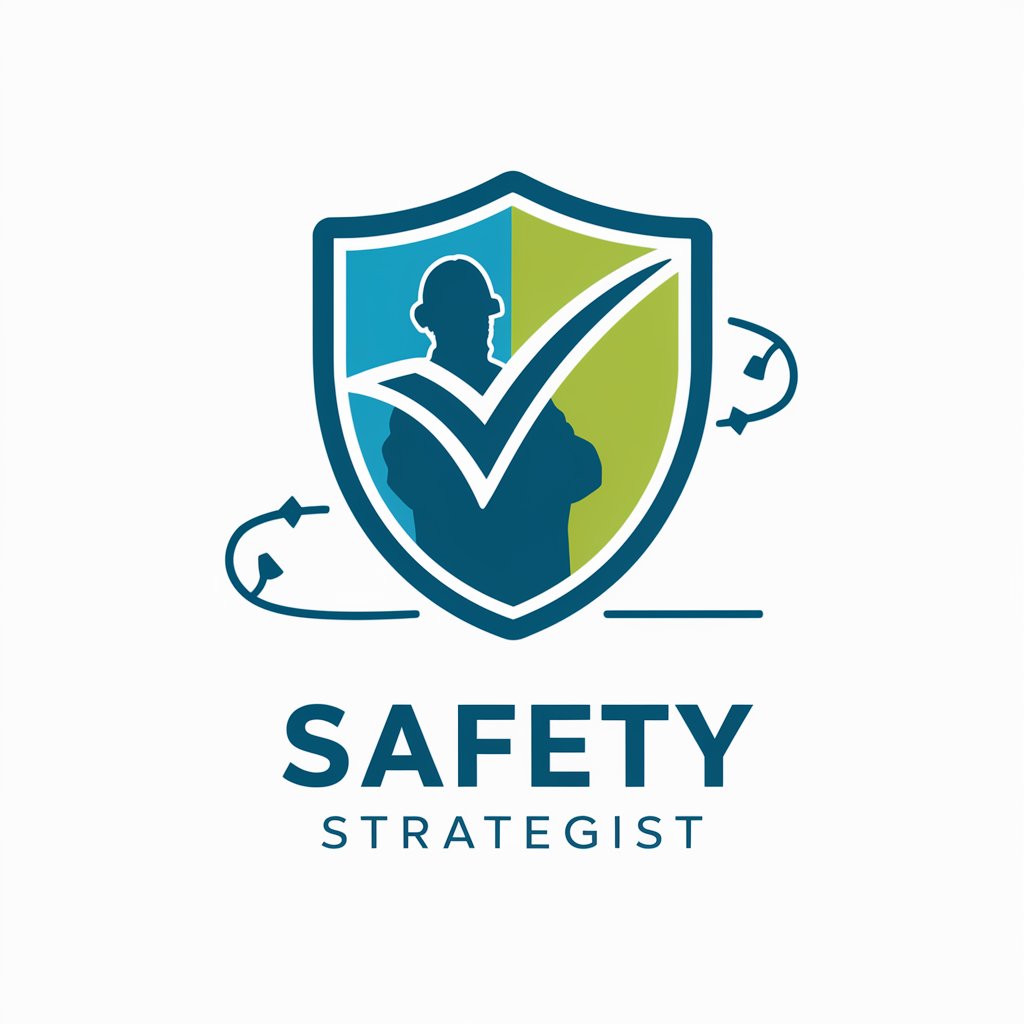
Welcome! How can I assist you with your safety training needs today?
Empowering safer workplaces with AI
Explain the importance of safety training in the workplace.
Describe effective methods for conducting emergency response training.
What are the key components of a successful safety culture?
How can companies achieve zero accidents in their operations?
Get Embed Code
Understanding Safety Strategist
Safety Strategist is designed to serve as a comprehensive guide and advisor in the realm of workplace safety and health. Its primary objective is to assist organizations in developing and maintaining a culture of safety that permeates every level of operation. This is achieved through the analysis of industry-specific risks, the implementation of targeted safety training programs, and the continuous review and enhancement of safety protocols. An example scenario illustrating its purpose would be a manufacturing company seeking to reduce the incidence of workplace accidents. Safety Strategist would analyze the company's current safety practices, identify areas for improvement, and recommend tailored training sessions that simulate real-world dangers to educate employees about potential scenarios they might face, thereby fostering a proactive safety culture. Powered by ChatGPT-4o。

Core Functions of Safety Strategist
Industry-Specific Risk Analysis
Example
For a construction company, Safety Strategist would evaluate the unique hazards associated with building sites, such as fall risks or machinery-related injuries, and devise specific mitigation strategies.
Scenario
This function is applied by conducting on-site evaluations and reviewing accident history to tailor safety programs that address the most significant risks.
Safety Training Program Development
Example
Developing an emergency response training module for a healthcare facility, focusing on scenarios like chemical spills or patient violence.
Scenario
This involves creating interactive workshops and simulations that engage employees, ensuring they are prepared for a wide range of safety incidents.
Continuous Safety Improvement
Example
Implementing a feedback loop with employees in a logistics company to continuously refine safety protocols based on real-world input and emerging trends.
Scenario
Safety Strategist would facilitate regular safety meetings and encourage employee feedback to identify and implement improvements in safety practices.
Who Benefits from Safety Strategist?
Small to Medium Enterprises (SMEs)
SMEs often lack dedicated safety departments. Safety Strategist can provide these companies with the expertise needed to develop effective safety protocols, ensuring compliance with regulations and the well-being of employees.
Large Corporations
For large corporations with established safety procedures, Safety Strategist offers advanced analytics and tailored training solutions to refine and enhance existing safety measures, addressing any complacency and continuously evolving safety needs.
Industry Associations
Associations can leverage Safety Strategist to provide their members with sector-specific safety training and resources, helping to elevate the overall safety standards within their industries.

How to Use Safety Strategist
1. Start with a Free Trial
Visit yeschat.ai to access Safety Strategist for a free trial, available without the need for login or subscribing to ChatGPT Plus.
2. Identify Your Safety Needs
Evaluate your specific safety training requirements or areas of concern within your organization to determine how Safety Strategist can best assist you.
3. Explore Features and Resources
Familiarize yourself with the tool's features, including customized safety training modules, risk assessment tools, and interactive safety drills.
4. Implement Training
Use the tool to develop and implement targeted safety training sessions for employees, incorporating real-world scenarios and compliance guidelines.
5. Monitor and Adjust
Regularly review the effectiveness of your safety training programs and use feedback to adjust and improve future training initiatives.
Try other advanced and practical GPTs
Financial Content Creator
Demystifying Finance with AI

Financial Support
Empowering financial decisions with AI
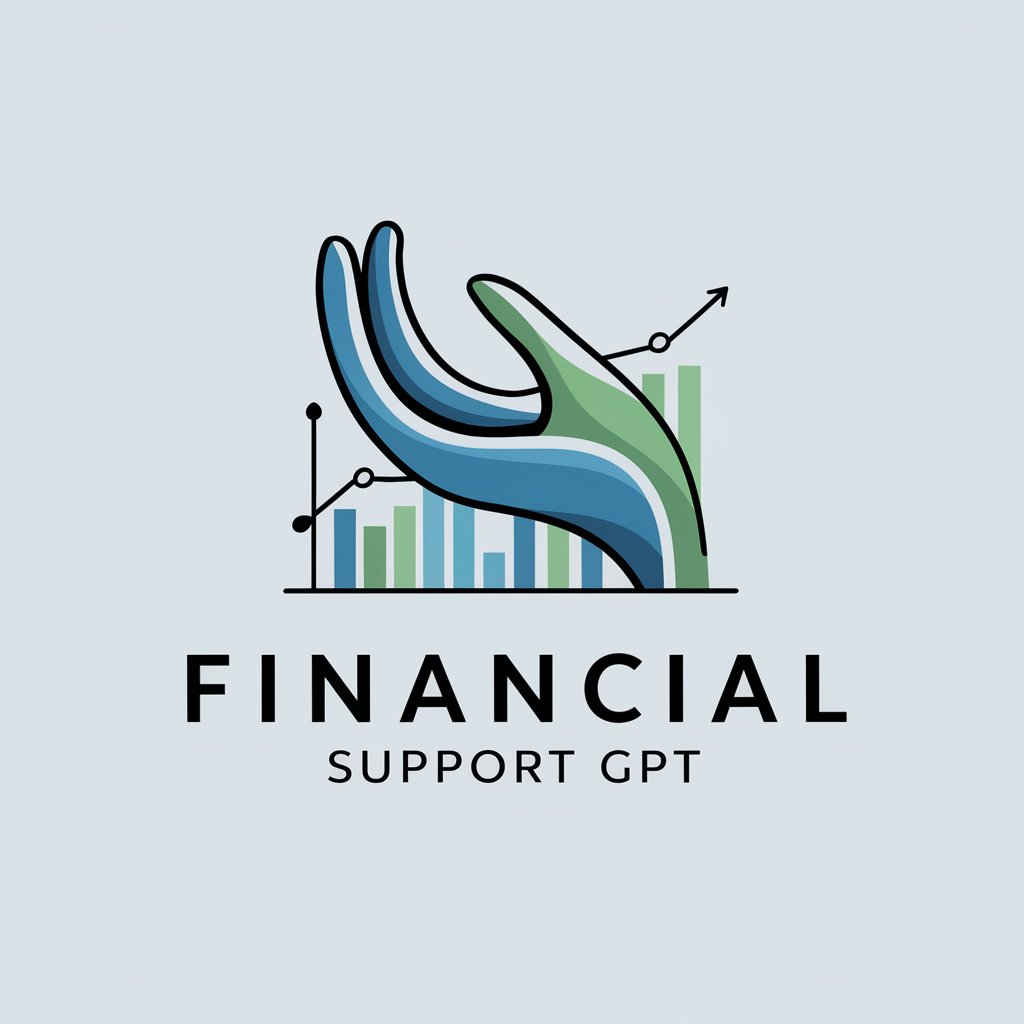
Financial Speculation
Empower Your Trading with AI-Driven Speculation

Stock Valuation AI
Empowering Investment Decisions with AI

Forex Trading
Empowering your trading with AI-driven insights
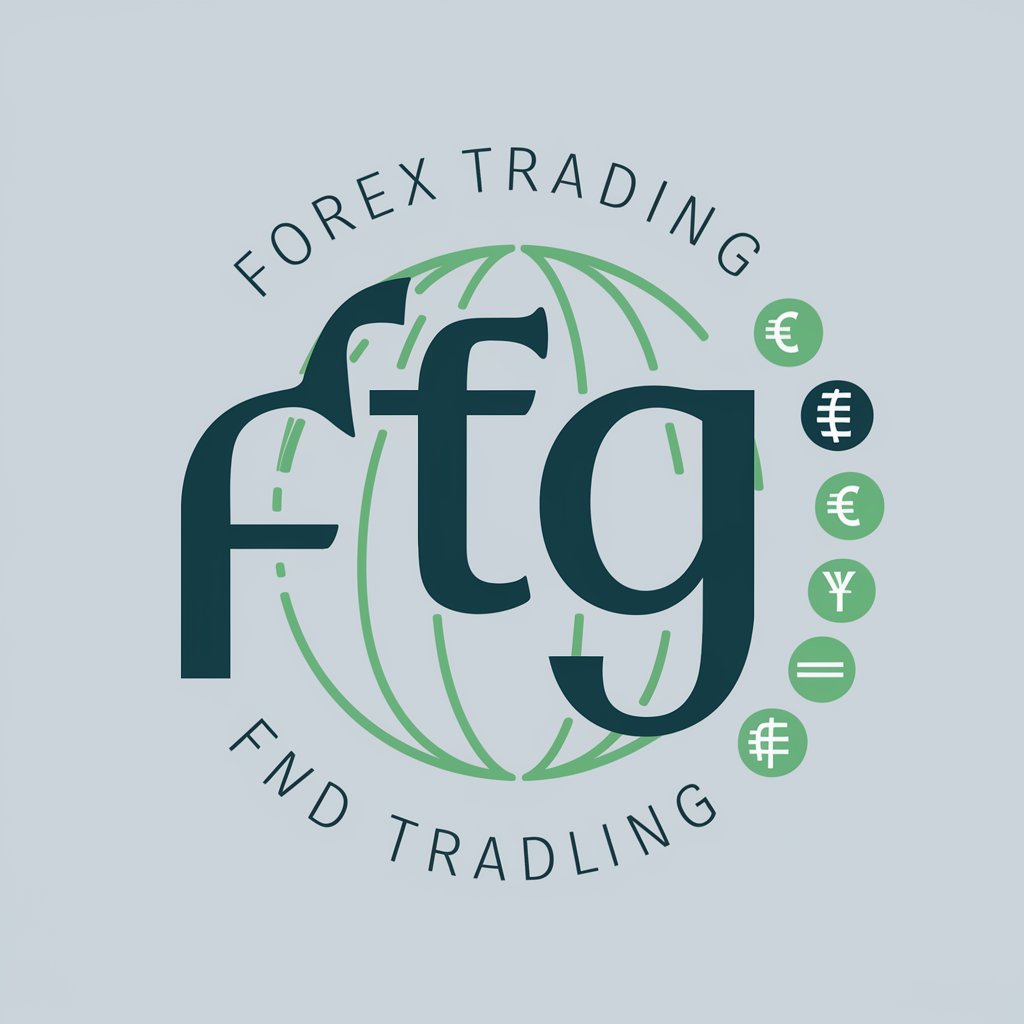
Proclamation Thing
Elevating Recognition with AI-Powered Elegance
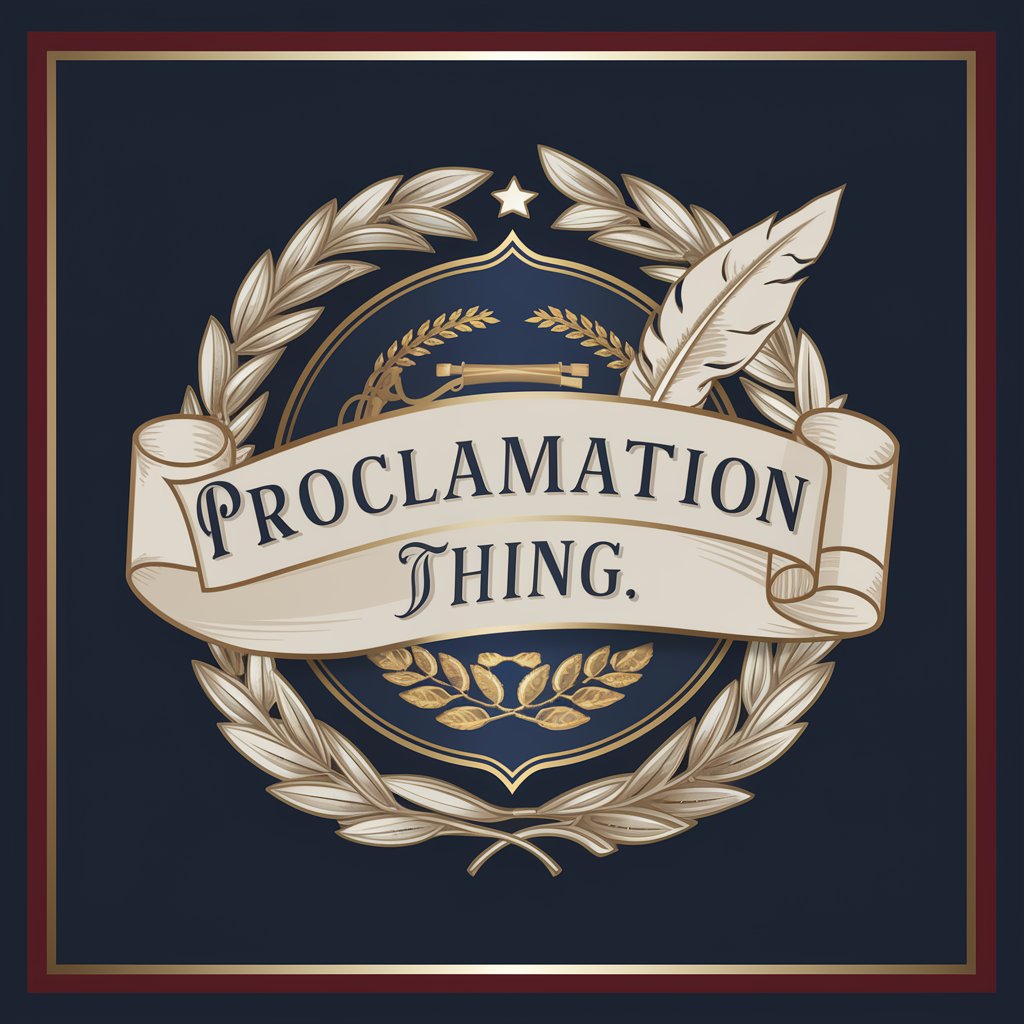
GetFitty
Empowering Your Health Journey with AI

CPT+
AI-powered PSI Exam Mastery
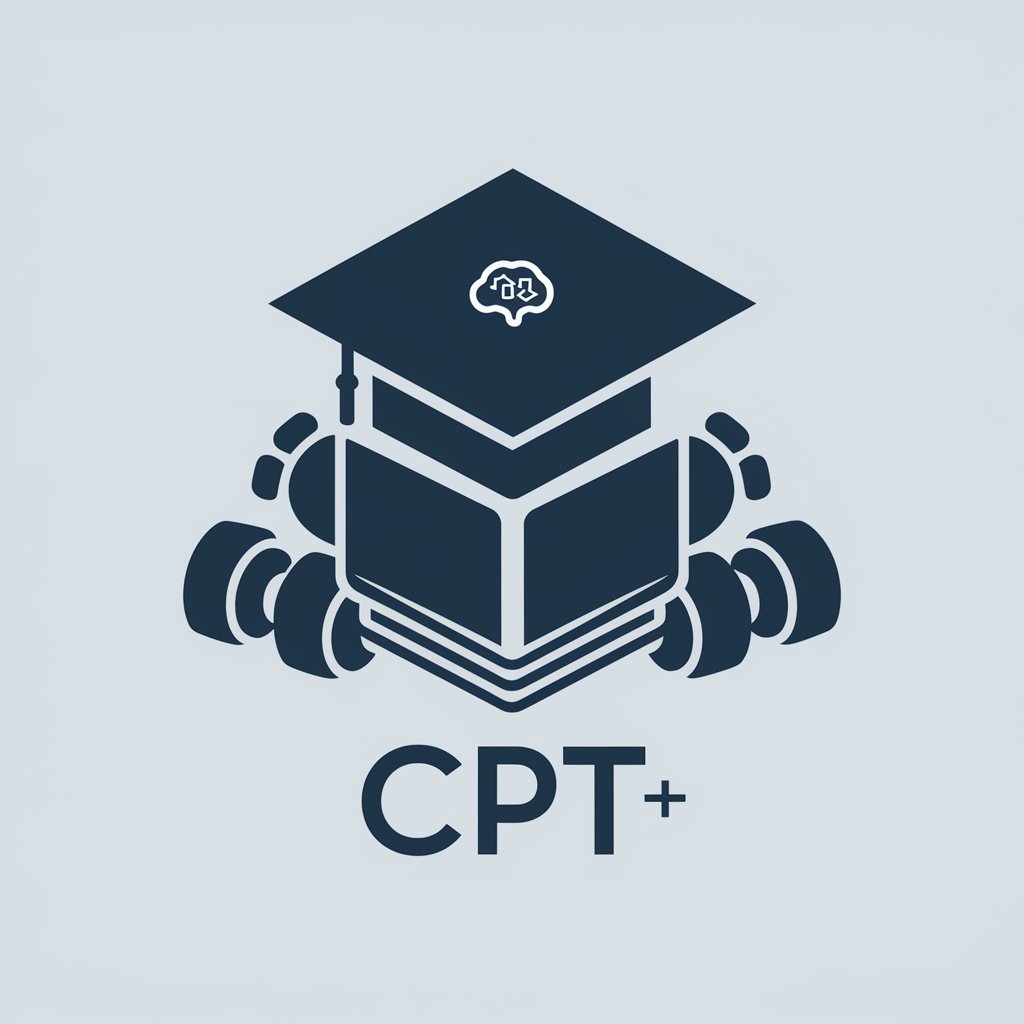
InstaZine
Craft unique 'zines with AI-powered creativity.
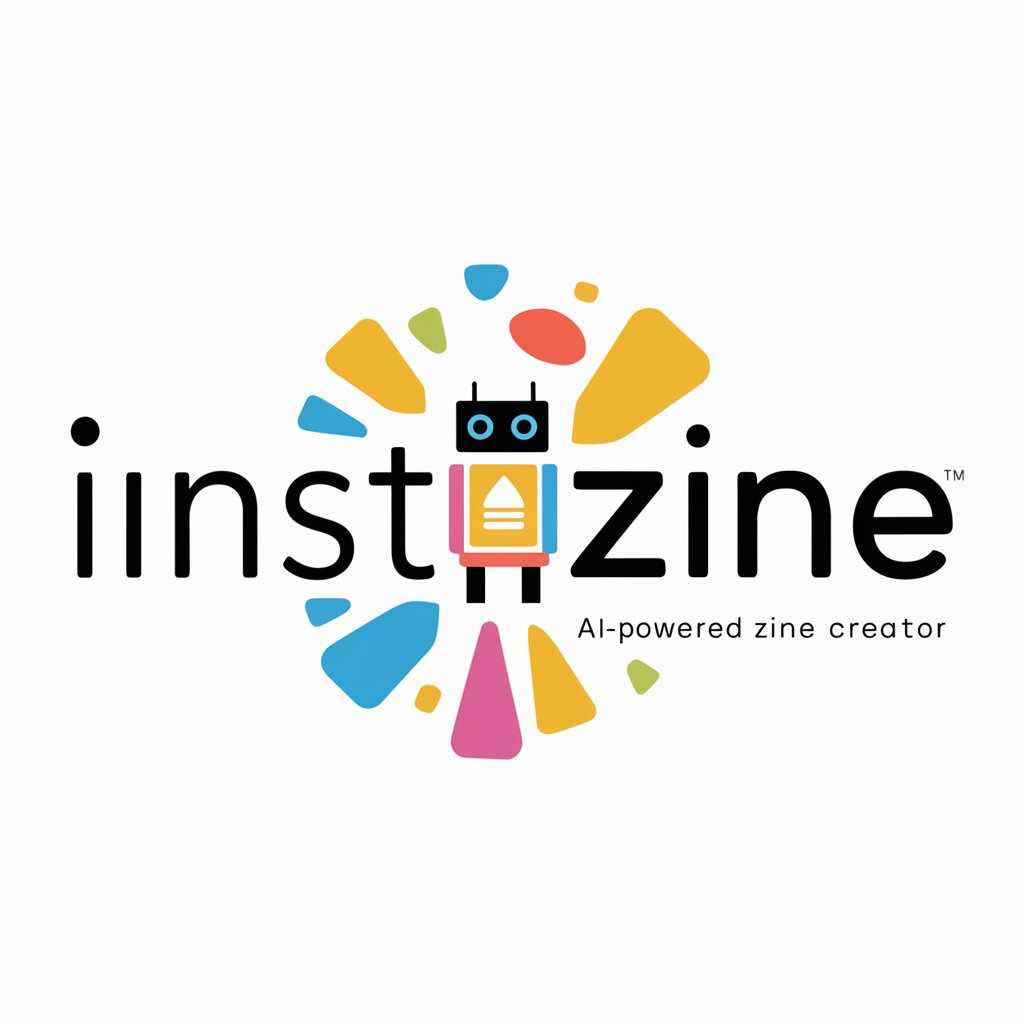
The AI Team
Empowering Collaboration with AI
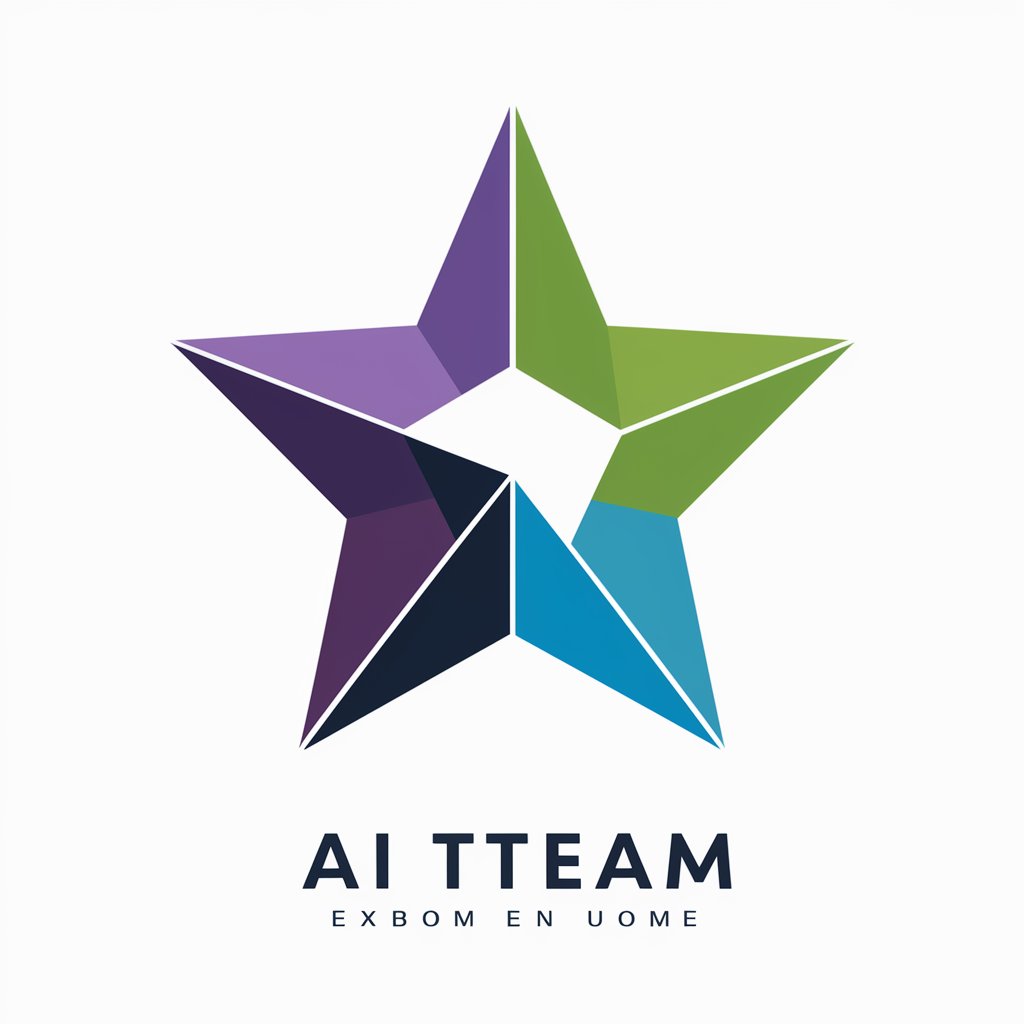
Pulpo Communicator
Empowering cuisine curiosity with AI

Canning
Preserve food with AI-powered guidance

FAQs about Safety Strategist
What makes Safety Strategist unique?
Safety Strategist stands out for its ability to tailor safety training programs to specific industry risks, offering interactive and engaging training methods that enhance learning and retention.
Can Safety Strategist be used for small businesses?
Absolutely. Safety Strategist is designed to scale, making it suitable for businesses of all sizes, from small startups to large enterprises, by offering customizable training modules.
How does Safety Strategist help in compliance?
The tool provides up-to-date information on safety regulations and compliance standards across industries, ensuring that training programs meet legal and ethical requirements.
What types of safety training can be conducted?
Safety Strategist supports a wide range of training topics, including workplace safety, emergency response, health and wellness, and industry-specific risks.
How is employee engagement measured?
It features interactive quizzes, feedback mechanisms, and performance tracking to gauge employee engagement and understanding, allowing for continuous improvement of training programs.
